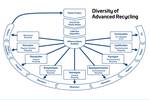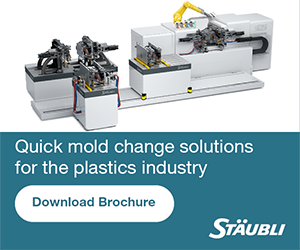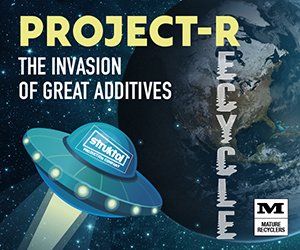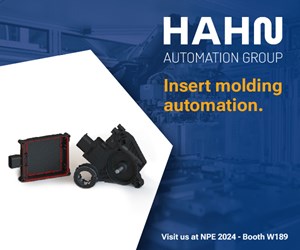How to Collect and Interpret Process Data in Extrusion: Part 2
In this second of three installments, the focus is on the crucial element of melt temperature.
Many modern extrusion lines are equipped with data-acquisition systems (DAS). These systems can present extruder operators and process engineers with a large amount of data. There are several critical issues in the proper use of a DAS:
1. Are the correct process variables measured and monitored?
2. Are these process variables measured correctly?
3. Is the data collection rate appropriate?
4. Can operating personnel properly interpret the data?
Part 1 of this three-installment feature (in January) discussed the proper use of a DAS in extrusion. This article will address issues related specifically to the polymer melt temperature. This is the second of the three vital signs of the extrusion process, as discussed in Part 1, the others being melt pressure and motor load.
Melt temperature is usually measured with an immersion melt-temperature probe. The sensing stem of the probe should be immersed at least 5 mm to provide a good measure of melt temperature. Some melt-temperature probes have a stem with adjustable depth.
These adjustable melt-temperature probes can be used to measure
melt temperature at different locations across the depth of the channel. It is good practice to completely retract the sensing stem before shutdown to minimize the chance of damaging the melt-temperature probe when restarting.
Immersion melt-temperature probes have some drawbacks. Since they protrude into the melt stream, they alter the velocities in the melt stream. This, in turn, will change the viscous heating and temperatures of the melt stream. Therefore, the immersion probe will measure a melt temperature that is different from the melt
Related Content
-
How to Set Barrel Zone Temps in Injection Molding
Start by picking a target melt temperature, and double-check data sheets for the resin supplier’s recommendations. Now for the rest...
-
Understanding Intensification Ratio
A first step in taking the “art” out of molding.
-
Formulating LLDPE/LDPE Blends For Abuse–Resistant Blown Film
A new study shows how the type and amount of LDPE in blends with LLDPE affect the processing and strength/toughness properties of blown film. Data are shown for both LDPE-rich and LLDPE-rich blends.











